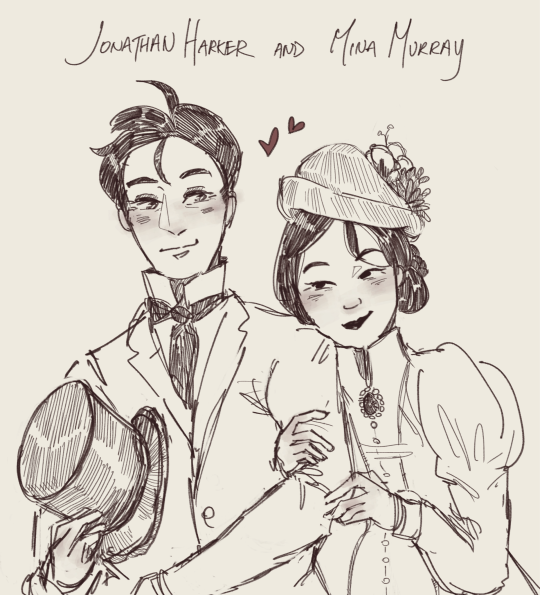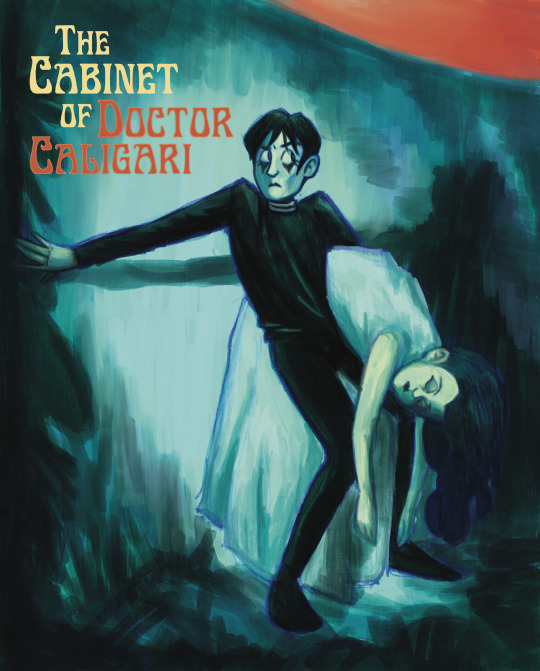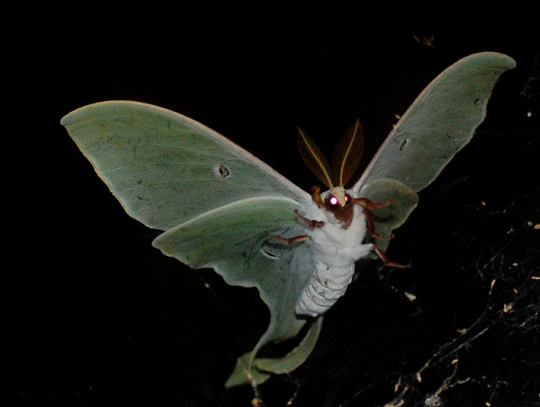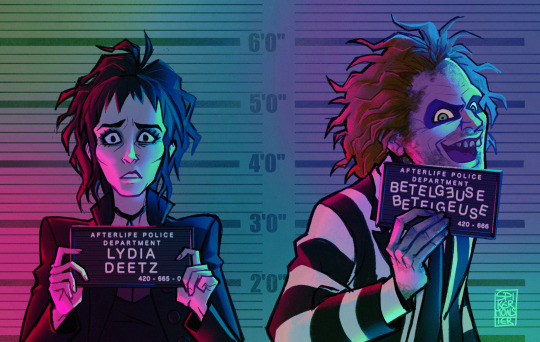Desi the Necrodancer / multifandom/ esp-eng / Argentina
Don't wanna be here? Send us removal request.
Text


Corpse Bride — 2005, dir. Mike Johnson & Tim Burton
7K notes
·
View notes
Text
I'm here specifically for this kind of fandom
Great analysis! I'm so glad to see how Tim gives our ghost a deepest backstory! 🥰😍 Of course now I wanna read a second part of the analysis!!
Beetlejuice's Backstory and the Black Plague 💚🕷️🥀💀 PART 1

I went and watched the new Beetlejuice movie twice already, can’t wait to share my thoughts! I’ve decided to make a series of posts mainly dedicated to people that are curious about the Black Plague era and BJ's past life. Join me for a historical dive that might make you appreciate Tim Burton’s work even more!
Warning: This post contains SPOILERS for the 2024 movie Beetlejuice Beetlejuice.
Premise
In European countries, we often study the Black Plague in schools. In Italy specifically, the disease spread multiple times throughout the Middle Ages, with the two worst pandemics occurring around 1350 and 1630. The first one alone spread in many countries and caused a total of 20 million deaths - a THIRD of the population of the whole European continent at the time.
However, the 1630 outbreak is the one we know about the most, thanks to author Alessandro Manzoni (1785-1873), who described it meticulously in his masterpiece, ‘I promessi sposi' (The Betrothed): This book is one of the most important works in Italian literature. Although it is a novel, it is often treated as historical evidence because Manzoni actually shaped the story referring to archival documents and chronicles of the time.
Introducing: Monatti, the corpse carriers
In his book, Manzoni recalls a group of people called 'monatti' - the only ones allowed to practice public services such as collecting the dead and washing roads during those hellish times. This concession was motivated by the fact that monatti were considered immune to the disease.
However, they were feared and hated by the rest of the population, because they often misused their ‘privileged’ position: they were untouchable. They often extorted money from the living and stole the belongings of the dead and the sick alike, without repercussions. What made them special was the fact that monatti typically gained immunity after surviving the disease themselves.

“Farewell to Cecilia,” one of the most heart-wrenching moments in Manzoni’s novel, beautifully captured by Francesco Gonin.
In fact, the Black Plague typically spread in three ways: through skin contact (bubonic plague), lungs (pneumonic plague) or blood infection (septicemic plague). The Bubonic form was, and still is, the most common and had the highest survival rate, though it was still quite low. It was easily identifiable because it caused the lymph nodes to swell and become infected, forming characteristic 'buboes'.
It was believed that if a plague victim survived five days, the fever would subside, and they would recover within two weeks. This is what usually happened to the monatti. Similarly, Renzo, the protagonist in Manzoni’s book, recovers, though he never becomes a public worker.
Now, let’s dive back into Beetlejuice’s backstory.

Amidst the eerie glow of moonlight, he's depicted among corpses, at night, behind a wagon, stealing from the dead that were just thrown into a communal pit by plague doctors.
Notice how he’s directly touching the bodies with his bare hands, without any protection: usually, that was considered a death sentence.
In Manzoni’s book, there is a character that meets their end in a similar way, simply by touching the clothes of an infected person. During that era, the danger was so great that people used to burn the bodies of the plague victims along with their clothes, beds, and other possessions.
It is also worth mentioning that, during plague outbreaks, some city governments (particularly in Italy and Poland) imposed strict limitations on the movement of people and goods. In some areas, a nighttime curfew was also enforced (Yes, we invented the lockdown centuries ago!). Under those circumstances, being caught outside your own house at the wrong hour could mean instant death. But guess who had the freedom to roam as they pleased? Yes, monatti and plague doctors (and those with special permits).
Conclusion: Beetlejuice wasn’t just 'a humble grave robber', as he claims. He was definitely a plague survivor and, most likely, a monatto.
The fact that this scene was unveiled and narrated in Italian during the Venice Film Festival further convinces me that this is the correct interpretation of the sequence.
So, what do we think? Have you ever heard or read about The Betrothed before? Anyways, if you liked this analysis, make sure to check out PART 2 (coming soon), in which we can delve even deeper into Beetlejuice’s mysterious past!
Until then, have a fantastic week! ✨
209 notes
·
View notes
Text



Playing around with portraits of the main cast—I hope I can finish all of them this time :x
✨️tip jar|commissions
541 notes
·
View notes
Text
Thank youu queen for your constant fanarts 🥰

"You are my black sun, master."
990 notes
·
View notes
Text

Meet the Harkers! 🦇
Wanted to pin down my designs for Jonmina; settled on slicked-back hair w some flyaways for Jonathan, and an Asian Mina!! 🫶
1K notes
·
View notes
Text
Only love can sustain ❤️🩹
Bless that good, good woman who hung the crucifix round my neck! for it is a comfort and a strength to me whenever I touch it.
Jonathan has no idea yet that the crucifix repels Dracula, he does know it's giving him comfort and strength.
But it did save him, and also it is his only source of calm now while he's lonely and afraid.
That strange woman who could speak little English gave him a mother's love, something to protect him, and it did.
No act of love goes to waste. And it'll continue to be true throughout the story.
194 notes
·
View notes
Text
Mi novio por



"A Charly lo retraté cuando no era ‘Charly García’. No sé, ni siquiera si había sacado su primer disco, dice Antonio Massa, fotografo."
169 notes
·
View notes
Text

THE CABINET OF DR. CALIGARI (1920)
[id in alt text]
187 notes
·
View notes










